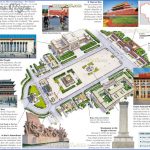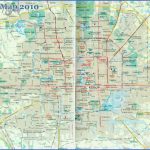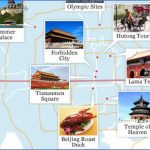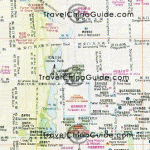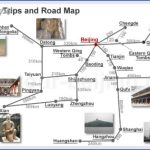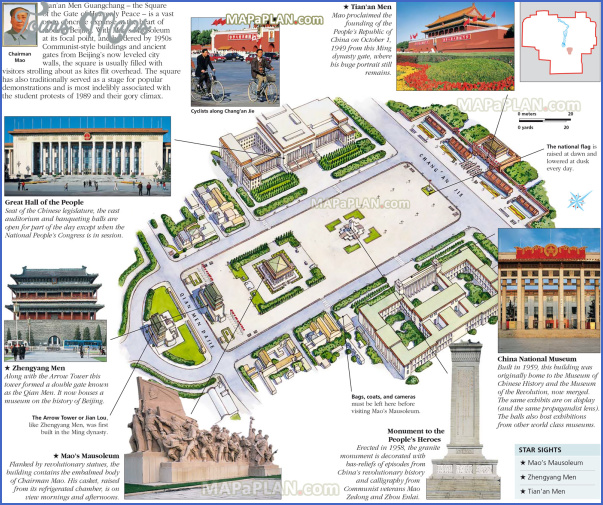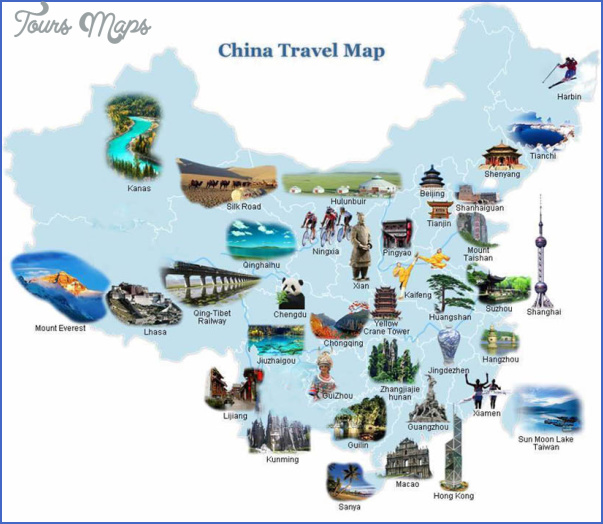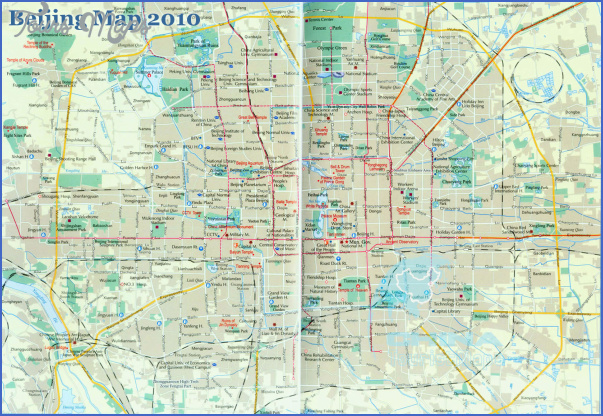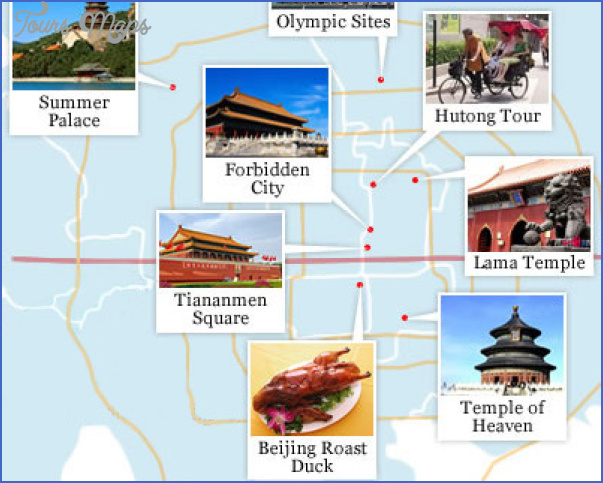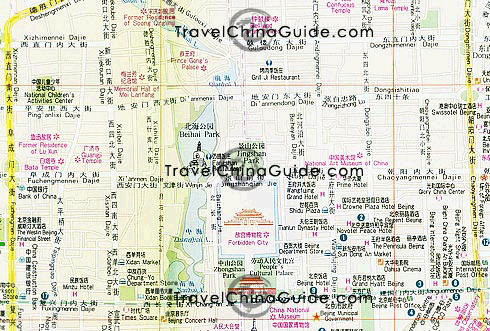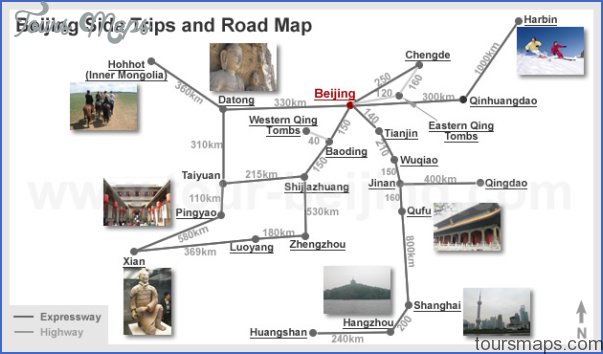Hall of the Buddhist Wheel (Falun Dian)
The Pavilion of the Four-tongued Stele stands in the centre of the next courtyard, it houses a stele dating back to the year 1792. The history ofthe Lama religion is written on it in Chinese, Manchurian, Tibetan and Mongolian. Nearby is a bronze representation of the mountain of paradise, Sumeru. In the adjoining halls the holy scripts were studied.
The adjacent building is the main hall, Yonghe Gong Dian. Inside are three Buddha sculptures: Shakyamuni the Buddha ofthe present, the Buddha of the past, and Maitreya the Buddha of the future. Also to be seen are representations of eighteen Luohan, together with Dizang, who releases people from the torments in hell and Guanyin, the goddess of mercy.
In the eastern side-hall, the Medicine Flail, are statues by Zongkaba (1357-1410), one of reformers of the Lama religion and founder of the Yellow Sect, and one ofthe Buddha of Medicine.
Natural sciences are studied in the Flail of Mathematics (Shuxue Dian), which is the western side-hall.
Further on is the Yongyou Dian Flail. Inside the Buddha Amitabja is displayed, to the right ofthatYaoshi Fo,the Buddha of Medicine, and to the left Shihou Fo, the Buddha ofthe Lion’s Roar.
In the Flail of the Buddhist Wheel stands another statue by Zongkaba. Particularly noteworthy is a “hill” made from sandal-wood with 500 Lou-han figures made of gold, silver, iron and tin. Some of the statues have been covered up as they are overtly sexual. Sacred manuscripts are kept on the walls to the left and right; on the east wall are 207 volumes, and 108 on the west wall.
The largest building, the Pavilion of Four Thousand Fortunes, is situated in the fifth and last courtyard. Flere stands an enormous sandalwood statue in honour of the Buddha Maitreya; it measures somd 18m/59ft high and has a diameter of 3m/10ft, although the 8m/26ft high base lies underground.
Beijing Map Tourist Attractions Photo Gallery
Maybe You Like Them Too
- The Best Cities To Visit in The World
- World’s 10 Best Places To Visit
- Coolest Countries in the World to Visit
- Travel to Santorini, Greece
- Map of Barbados – Holiday in Barbados

